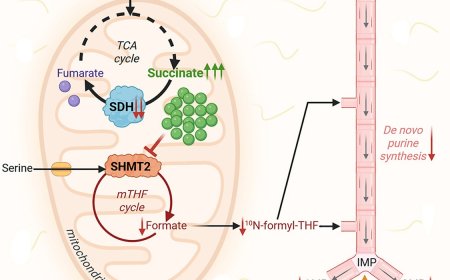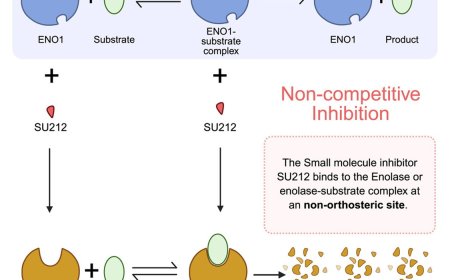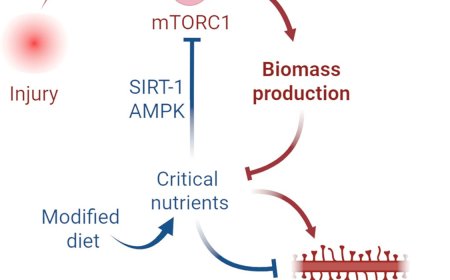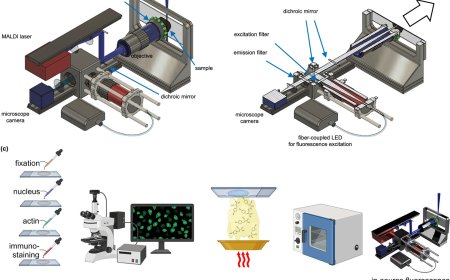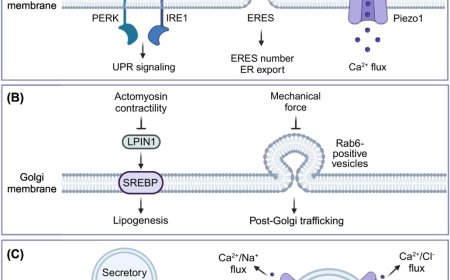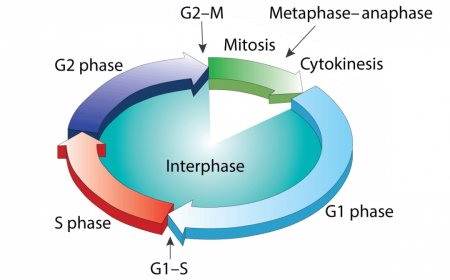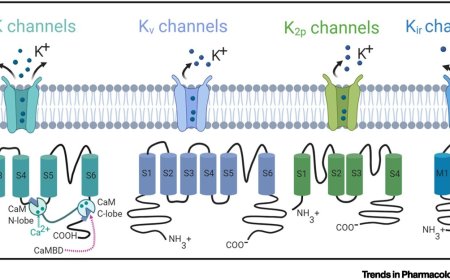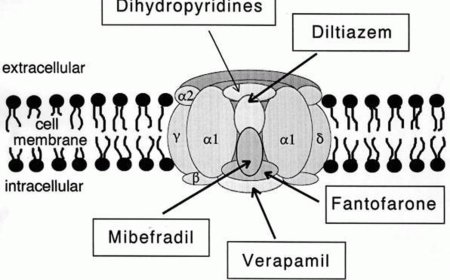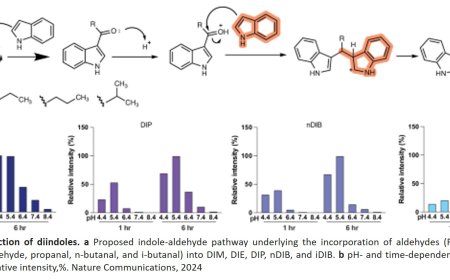Mice with traits of Tourette disorder created
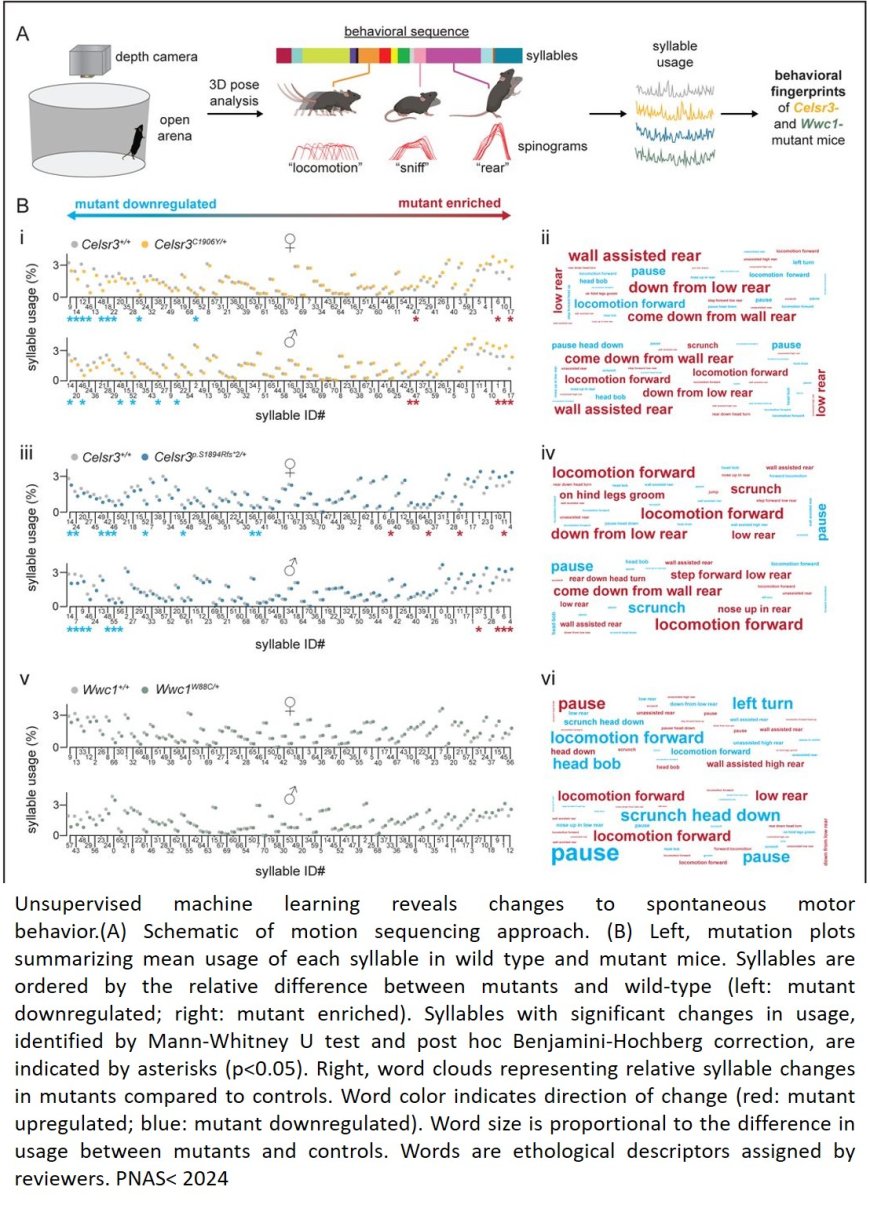
In research that may be a step forward toward finding personalized treatments for Tourette disorder, scientists have bred mice that exhibit some of the same behaviors and brain abnormalities seen in humans with the disorder.
As reported in the Proceedings of the National Academy of Sciences, the researchers, using a technique known as CRISPR/Cas9 DNA editing that selectively modifies the DNA of living organisms, inserted the same genetic mutations found in humans with Tourette disorder into the corresponding genes in mouse embryos. After the mice were born, the scientists observed their behavior compared with littermates without the gene mutation insertion. The mutations that were inserted were discovered by some members of the same research team who have spent more than a decade focused on investigating genetic factors in Tourette disorder.
The researchers said the findings indicate that these mice are a highly useful “model” to study the neurobiology of Tourette disorder and to test new medications.
“There are no medicines specifically developed for Tourette disorder and repurposing other drugs has worked poorly, with too many side effects,” said the co-senior author. “Until now, the problem has been a lack of an animal model by which to test new or existing medications.”
Tourette disorder is a disorder of the nervous system that affects children, adolescents and adults. The condition is characterized by sudden, involuntary movements or sounds called tics. Tics can be mild, moderate or severe, and are disabling in some cases.
Tourette disorder doesn't affect lifespan, but it often adversely impacts the experience of people with the disorder and the people with whom they interact. The Centers for Disease Control and Prevention has estimated that one of every 162 children have the disorder, though the number may be higher.
Using cameras that recorded the mice’s actions and employing a form of artificial intelligence known as machine learning, the researchers found the genetically engineered mice exhibited two key characteristics seen in humans with Tourette disorder: They engaged in repetitive motor behaviors or tics, and they exhibited what neuroscientists call “sensorimotor gating deficits,” a neural process whereby the brain filters out redundant or irrelevant stimuli.
The first author of the study, said gating deficits in people with Tourette syndrome can be viewed as a difficulty in processing sensory information. A person without the disorder who listens to a series of sounds such as a beeping car horn wouldn’t be startled after the first honk because that person’s brain can link the second and subsequent sounds to the first one. A person with Tourette disorder might be startled by each separate sound, especially if it increases in volume.
The genetically engineered mice reacted the same way humans with the disorder would react to individual sounds that were part of a pattern – they showed a startle response to each tone, the author said.
The team found evidence that the gene mutations altered the levels of a brain chemical known as dopamine. As with humans with Tourette disorder who are treated with a drug that alters the levels of dopamine, the processing deficits and repetitive behaviors seen in the mice decreased in intensity when they were administered the same drug.
“An easy way to think about this is that we have inserted a gene mutation and it’s changed the neural circuitry of the mice’s brains,” said the senior corresponding author of the study. “And those changes are altering how a brain chemical like dopamine, which in humans is important for cognition and motor behavior, allows the mice brain cells to communicate.”
The researchers credited much of the success of their work to the contributions of families with Tourette disorder who over the past 15 years donated genetic samples to the research group.
“These families did this out of the goodness of their hearts with the idea of moving the field forward,” said a co-senior author of the study. “They want to have a better understanding of this mysterious disorder and for us to come up with better treatments, not only for the people who are currently suffering with the disorder but also for future generations.”
The scientists said the techniques they employed in their research are applicable to researchers studying other complex disorders caused by multiple genes, including autism and schizophrenia.
They also hope this advance will attract more researchers to study Tourette disorder.
“So why would a researcher jump into something if there’s little known and they’re left wondering, ‘How do I even start? What do I have at my disposal that would allow me to even scratch the surface of this very complex disorder?’” the senior author said. “And with these mice, not only can we scratch the surface, but we can dig underneath.”
